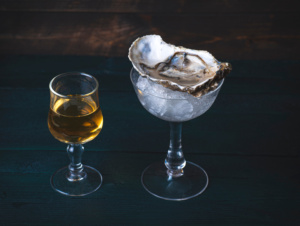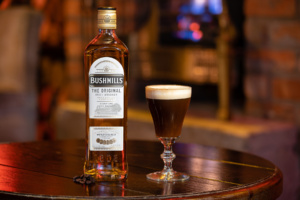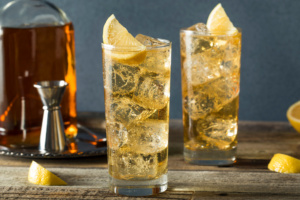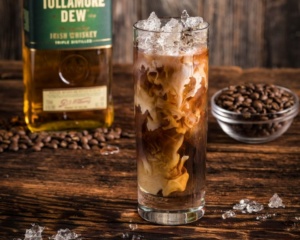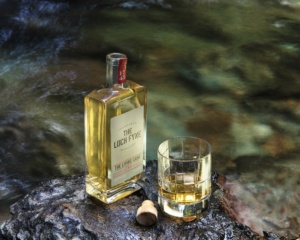What is Baijiu?
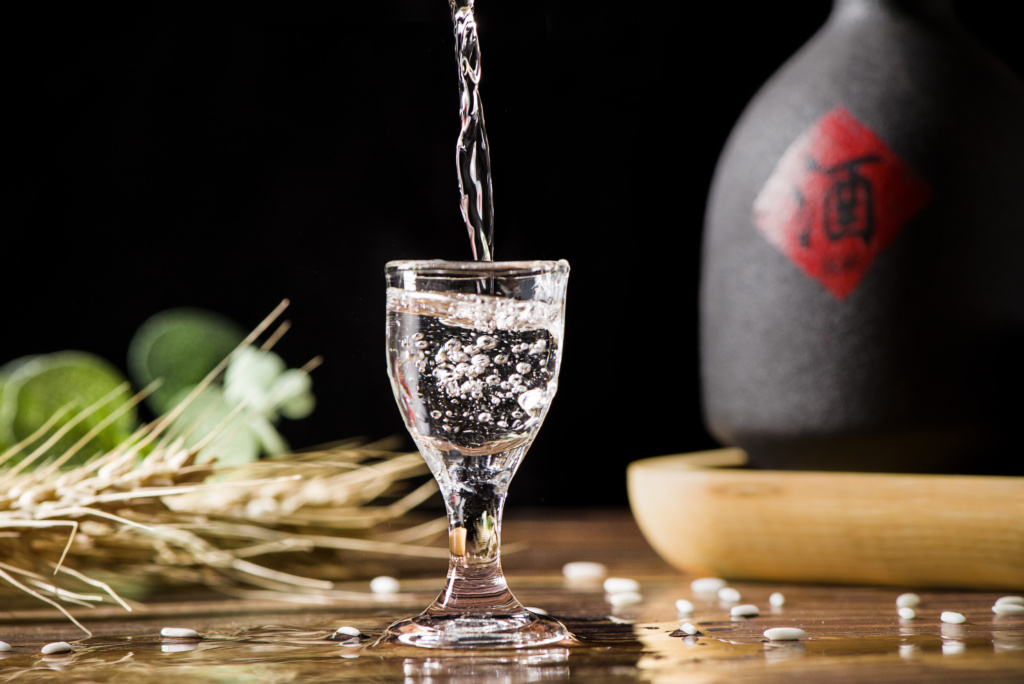
Where is it from?
Baijiu (meaning 'clear spirit') hails from China and is the country's national drink. It can be found in every corner of China, and is found in the homes of rich, poor and those in-between.
How is it pronounced?
It is pronounced 'bai-j'yo'.
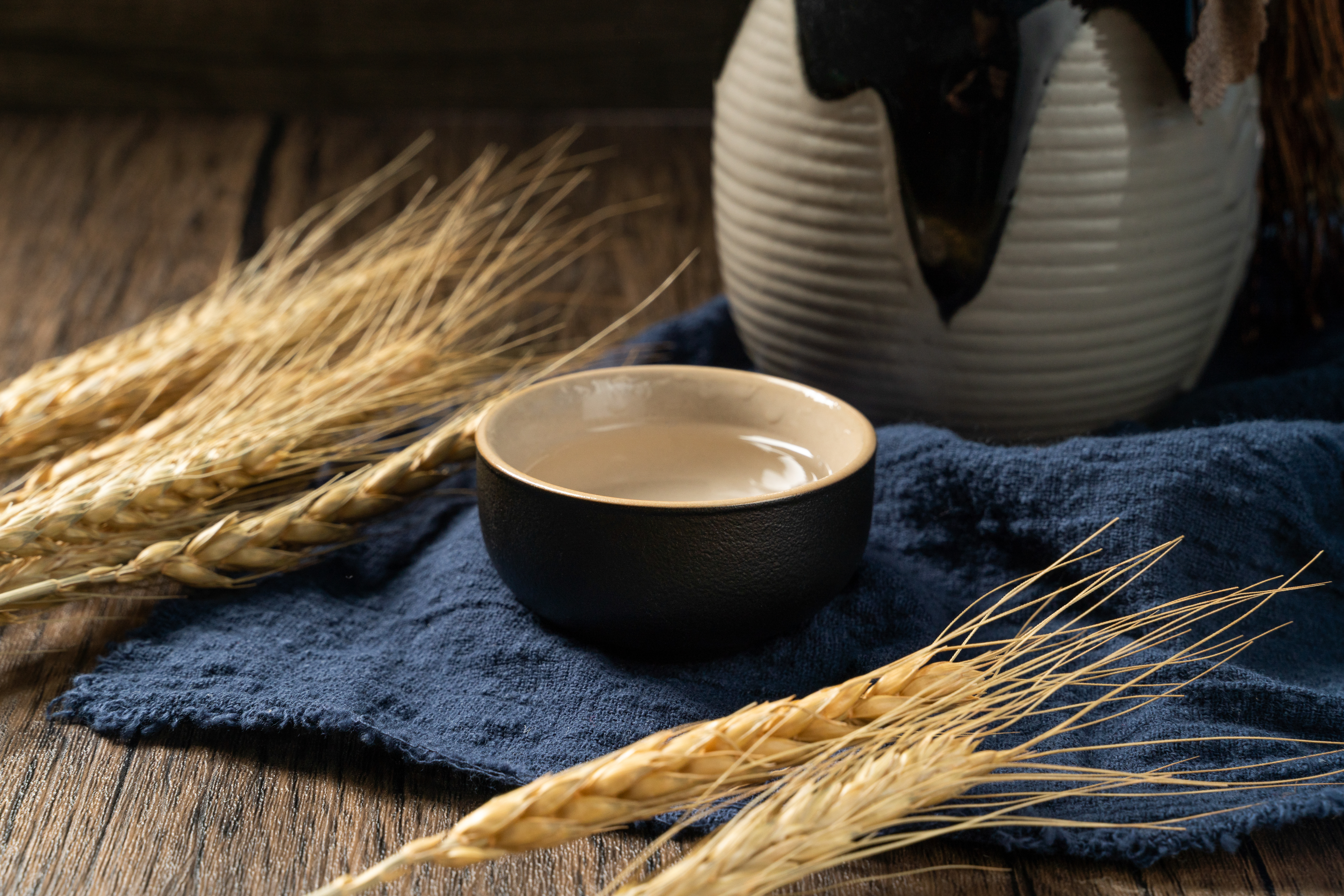
How is it made?
The colourless spirit is usually made from fermented sorghum, though different varieties can be made from glutinous rice. Wheat, barley, millet or Job's tears can also be used in their mashbills. To distill the spirit, the sorghum is firstly soaked in hot water for 18-20 hours and then steamed to break down the starch. The sorghum is the spread out for cooling and the blended with a starter culture (Qu), before being held in a bacteria cultivation tank for 24 hours. The mixtures is then transferred to a stone pit for fermentation and mash blending. Finally, it is distilled in the distillation tank, before the spirit head and tail is cut from the heart, a lot like whisky distillation.
When was it invented?
Historians estimate that the first early baijiu was made during the Tang dynasty (618-907), as the drink was described in poems from the era. In the following Song dynasty, urbanisation and the boom of Jiuguan (pubs) popularised the consumption of alcohol. Although, at this time, distillery technology only faciliated an ABV of 15%. It began to resemble its modern form during the Ming dynasty (1368-1644), and then continued to evolve into its various types over the centuries.
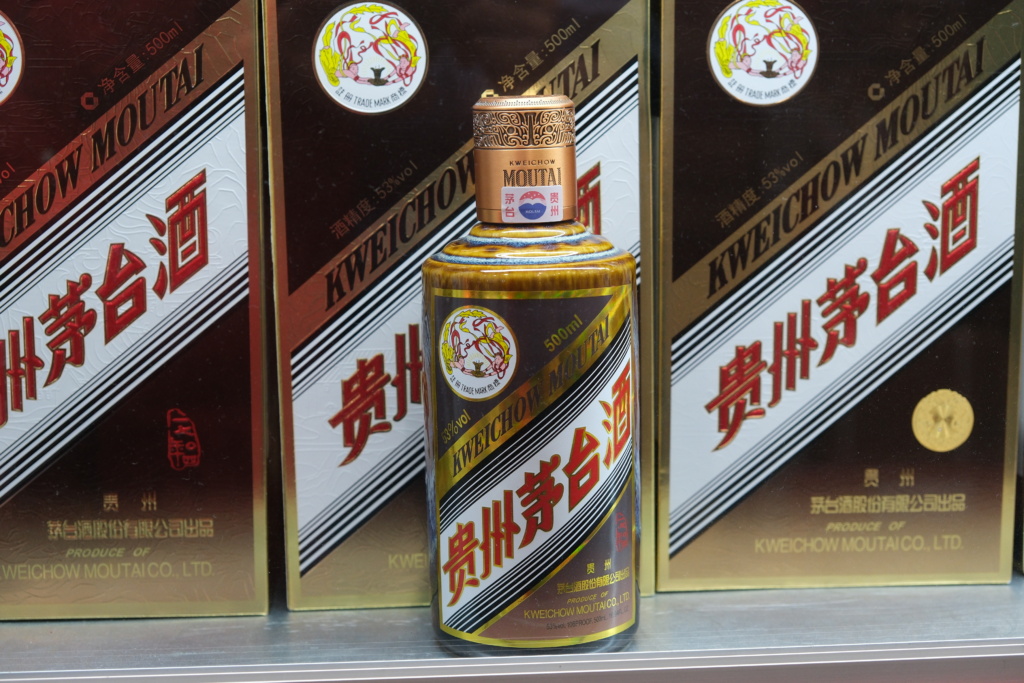
What variations are there?
Numerous regional variations in alcohol production technique across China has resulted in different types of Baijiu. Producers often infuse the spirit with herbs and spices, for flavour and also for the benefits offered from traditional Chinese medicine. Connoisseurs focus especially on its fragrance, and therefore this is how it is classified. There are four main varieties:
Light Aroma (Qingxiang)
- Made from sorghum fermented in a stone vessel, with a starter culture made from wheat, barley and peas.
- Dry and delicate with a smooth mouthfeel and gentle floral flavours.
Rice Aroma (Mixiang)
- Made from rice.
- Clean mouthfeel and slight aroma.
Strong Aroma (Nongxiang)
- Commonly made from sorghum, in combination with other grains.
- Sweet taste, with a gentle fragrance.
Sauce Aroma (Jiangxiang)
- Made from sorghum repeatadly fermented in stone pits, which provides a layered umami flavour.
- An acquired taste, a bit like a peated whisky, with similarities to soy sauce.
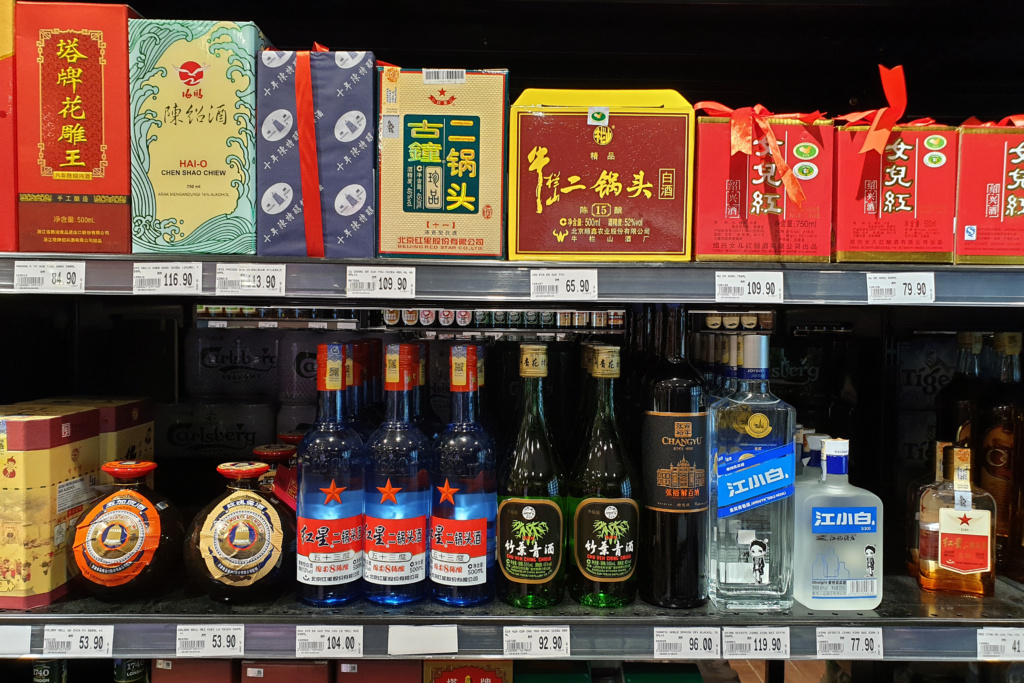
How is it served?
The traditional ceremonial drinking of Baijiu has four steps:
- Complete the Baili greeting to show respect to the host.
- Spill a considerable amount from the glass onto the ground to show gratitude to nature.
- Take a sip and taste the baijiu, and tell the host what you think of it.
- Finish the baijiu in one go after the Ganbei ('cheers') and clinking of glasses.
However, in modern times, baijiu is simply served warm in small glasses by the host, who will initiate the drinking with 'Cheers for...'. Guests will then finish their baijiu in one sip.
The drink is also often served during business meetings in China, as it is believed that one's true self is revealed when intoxicated. Therefore, it is tradition to offer high-strength at the dinner table in order to deduce the trustworthiness of a potential business partner.
What brands are there?
Top shelf Baijiu comes from the brands Wuliangye, Luzhou Laojiao and Kweichow Maotai, which is often offered at diplomatic and other important national occasions. On the more casual side, Erguotou and Jiang Xiaobai are more affordable and everyday baijius.
FAQ
- Are there any specific regions within China known for producing particularly high-quality or distinctive varieties of Baijiu? There are specific regions within China renowned for producing distinct varieties of Baijiu, each with its own unique flavours and production techniques. For example, Sichuan Province is known for its strong aroma Baijiu, while Shanxi Province produces light aroma Baijiu. Regional differences in climate, water source, fermentation methods, and aging processes contribute to the diverse flavour profiles of Baijiu across China.
- What are some of the key factors that contribute to the high production volume of Baijiu in China, and how does its popularity compare to other spirits globally? Firstly, Baijiu is deeply ingrained in Chinese culture as the national drink, enjoying widespread popularity across all segments of society. Additionally, the vast geographical size of China allows for diverse regional variations in Baijiu production, catering to different taste preferences and culinary traditions. Furthermore, the tradition of offering Baijiu during social gatherings, business meetings, and celebratory occasions further drives its demand and consumption. Despite its dominance in the Chinese market, Baijiu's popularity globally is still growing, albeit at a slower pace compared to other spirits such as whisky, gin, and vodka.
- In terms of international market penetration, what efforts are being made to introduce Baijiu to consumers outside of China, and what challenges are being faced in promoting its consumption and appreciation on a global scale? Efforts to introduce Baijiu to consumers outside of China have been made through marketing campaigns, cultural exchanges, and participation in international spirits competitions. However, promoting Baijiu on a global scale presents challenges due to its strong, unique flavor profile, which may not immediately appeal to Western palates accustomed to milder spirits. Educating consumers about the cultural significance and diverse varieties of Baijiu is crucial in building international appreciation for this traditional Chinese spirit.
 4.7/5 with 10,000+ reviews
4.7/5 with 10,000+ reviews
